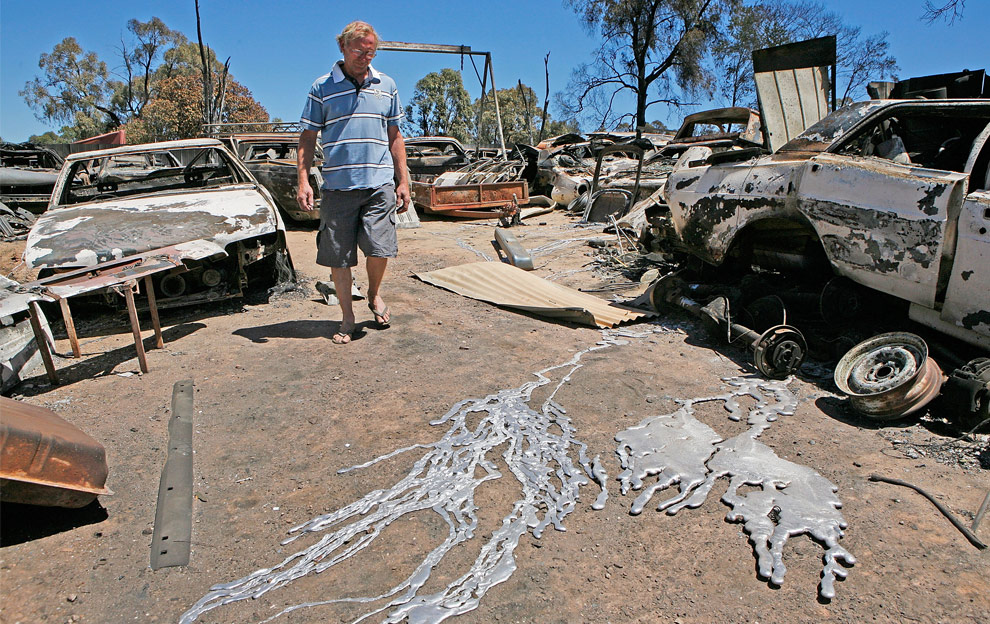[Admin: This thread was spun off from https://www.metabunk.org/posts/23146 and the first two posts are partial copies of existing post from that thread]
[...]
Jet fuel can not melt steel and even if you believed that ridiculous story, building 7 was not even hit by a jet. It was one football field length away from the other 2 towers and all 3 buildings collapsed in a matter of hours. We have numerous examples in history of raging infernos that last for days where the skyscrapers were left standing tall but completely gutted from the fire. Years after this, we discover nano-thermite in the dust. Nano-thermite is used to cut steel and can only be made in a military facility, not by bearded men living in a cave.
[...]
[...]
Jet fuel can not melt steel and even if you believed that ridiculous story, building 7 was not even hit by a jet. It was one football field length away from the other 2 towers and all 3 buildings collapsed in a matter of hours. We have numerous examples in history of raging infernos that last for days where the skyscrapers were left standing tall but completely gutted from the fire. Years after this, we discover nano-thermite in the dust. Nano-thermite is used to cut steel and can only be made in a military facility, not by bearded men living in a cave.
[...]
Last edited by a moderator:

